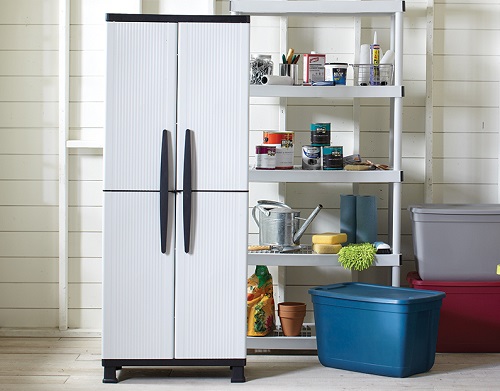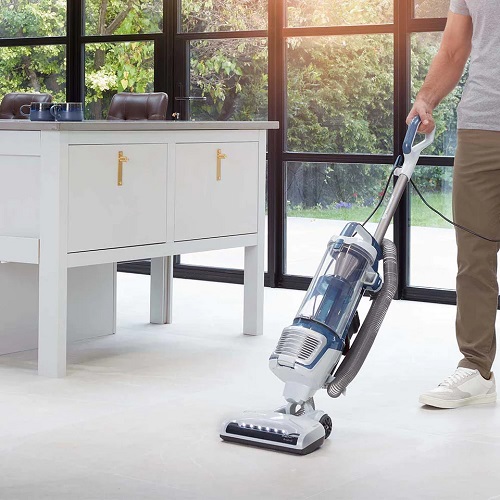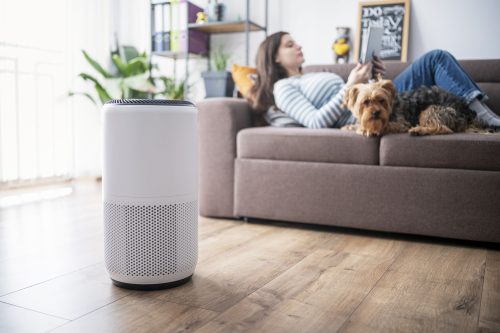Looking for ways on How Can Exposure to Air Pollution Be Reduced Indoors? We have some expert tips and tricks!
Gardening enthusiasts who cherish clean, fresh air and the nurturing environment of their green spaces may be surprised to learn how indoor air can be contaminated with pollutants from various sources. This article unveils effective strategies on How Can Exposure to Air Pollution Be Reduced Indoors?
10 Ideas to Create Your Own Air-Purifying Station with Indoor Plants
Causes and Impacts of Indoor Air Pollution
While outdoor air pollution receives considerable attention, indoor air pollution poses a greater threat to human health due to the extended time spent indoors.
Sources of Indoor Air Pollution
- Combustion sources: Smoking, burning candles, and using fireplaces release harmful pollutants like carbon monoxide, nitrogen oxides, and particulate matter.
- Building materials and furnishings: Chemicals found in paints, carpets, and furniture can off-gas, releasing volatile organic compounds (VOCs) that aggravate respiratory issues.
- Household products: Cleaning supplies, air fresheners, and pesticides often contain VOCs and other harmful substances.
- Biological contaminants: Mold spores, dust mites, and pet dander can trigger allergies and respiratory problems.
Check out the best air-purifying succulents here
Impacts of Indoor Air Pollution on Humans
Indoor air pollution poses significant health risks, especially when exposure is prolonged.
1. Respiratory Issues
- Short-term: Irritation of the airways, coughing, and difficulty breathing.
- Long-term: Chronic respiratory diseases like asthma, chronic obstructive pulmonary disease (COPD), and an increased risk of lung cancer.
2. Cardiovascular Problems
- Short-term: Temporary increases in blood pressure or heart rate.
- Long-term: Increased risk of heart diseases, including heart attacks and strokes.
3. Neurological Effects
- Short-term: Headaches, dizziness, and fatigue.
- Long-term: Potential links to neurodegenerative diseases like Alzheimer’s and Parkinson’s due to certain types of pollutants.
4. Allergic Reactions and Sensitivities
- Short-term: Allergic reactions include sneezing, runny nose, and itchy eyes.
- Long-term: Development or worsening of allergic conditions and hypersensitivity.
11 NASA Approved Air Purifying Plants Safe For Cats
5. Effects on Children and the Elderly
Children and the elderly are more susceptible to the adverse effects of indoor air pollution. Children’s developing bodies and respiratory systems can be more easily affected, leading to long-term health issues.
6. Cancer Risk
Exposure to certain pollutants like radon, asbestos, or tobacco smoke can increase the risk of lung cancer.
7. Mental Health
Poor indoor air quality can also affect mental health, leading to issues like stress, anxiety, and depression.
Click here to Know About the Plants That Causes Blindness
How Can Exposure to Air Pollution Be Reduced Indoors?
1. Enhance Ventilation
Encourage cross-ventilation by opening windows and doors, allowing fresh outdoor air to circulate and dilute indoor pollutants.
Install and maintain exhaust fans in kitchens and bathrooms to expel pollutants generated during cooking or bathing. Also, using a humidifier to keep dry air in check will be a good idea.
2. Manage Household Products
Opt for paints, adhesives, and cleaning products labeled as low-VOC or VOC-free to minimize the release of harmful chemicals.
Store household chemicals, such as solvents and pesticides, in well-ventilated areas away from living spaces.
3. Address Tobacco Smoke
If smoking is unavoidable, designate a specific area outdoors to minimize the infiltration of harmful smoke indoors. Encourage smoking cessation, as it improves individual health and significantly reduces indoor air pollution.
14 Best Smokable Plants & They are Not Weed or Tobacco!
4. Control Moisture and Prevent Mold
Use dehumidifiers in damp areas to control humidity levels, preventing mold growth. Address leaks and water damage promptly to prevent mold infestations, which can release allergenic spores into the air.
5. Regular Cleaning Practices
Use a vacuum cleaner with a HEPA filter to capture dust and allergens effectively. Regularly dust and mop surfaces to minimize the accumulation of particulate matter and allergens.
6. Add More Indoor Plants
Select indoor plants known for their air-purifying qualities, such as spider plants and peace lilies, to complement other strategies for cleaner indoor air.
Read our Article on Houseplants for Healthy Lungs here
7. Go for an Air Purifier
Their effectiveness depends on various factors, including the type of purifier, the specific pollutants it targets, and the environment where it is used.
For best results, go for High-efficiency particulate air (HEPA) filters, as they are highly effective at capturing particles like dust, pollen, and pet dander. They can trap 99.97% of particles that are 0.3 microns in diameter.
How Can Exposure to Air Pollution Be Reduced Indoors?- FAQs
Q1. How can household products contribute to indoor air pollution?
A: Household products like paints and cleaning agents can release volatile organic compounds (VOCs). Choosing low-VOC or VOC-free alternatives, proper storage, and using natural cleaning solutions can significantly reduce indoor air pollution from these sources.
Q2: Is smoking indoors a major contributor to indoor air pollution?
A: Yes, smoking indoors is a significant source of indoor air pollution. Designating outdoor smoking areas, encouraging smoking cessation, and implementing smoking bans indoors are effective measures to minimize exposure to harmful tobacco smoke.








